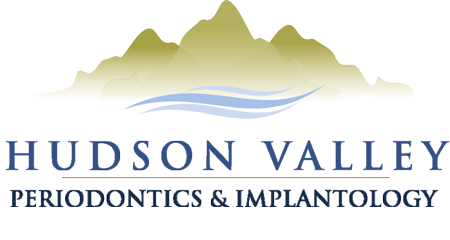A periodontist specializes in diagnosing and treating periodontal disease. While they typically advise their patients to undergo routine exams and cleanings to ensure that the gums and teeth are healthy and free of disease – when signs appear it is time to take action.
With extensive training in the latest techniques needed to treat gum disease, patients have found great success in reversing gum disease or preventing any further development.
What is Gum Disease?
Gum disease is one of the most common causes of tooth loss in adults. And it comes in 4 stages.
Stage One: Gingivitis. This first stage is the only one that can be reversed entirely. It involves the buildup of plaque around or at the gumline is the beginning stages of gum disease. If left untreated, it can develop further.
Stage Two: Early Periodontal Disease. This stage of periodontal disease impacts the bone and the gums. It means that the infection has spread to the roots and has begun to impact the bone.
Stage Three: Moderate Periodontal Disease. When the periodontal pockets get deeper and collect more and more bacteria, they can impact the bones more. The gum will be receding more. Tooth enamel will start to decay, the damage will start occurring in the jaw bone, and teeth may become loose and wobbly.
Stage Four: Advanced Periodontal Disease. Gums will be severely recessed and the jaw bone is most definitely in jeopardy. Tooth loss is inevitable at this stage.
Signs of Gum Disease
Routine trips to the dentist can help gum disease be caught before it is too late. However, if you have missed your appointment or you notice something in the interim, below are a few signs you may be dealing with gum disease.
- Sores in the mouth
- Loose teeth
- Receding gums
- Bad breath
- Changes in bite
- Swollen or tender gums
- Red or inflamed gums
- Bleeding while brushing and/or flossing
- Tooth sensitivity
If you are experiencing any of these symptoms, you must see a periodontist for an exam – sooner rather than later. Remember, gum disease can be reversed entirely, but only if it is caught early.
How is Gum Disease Treated?
There are several different ways in which gum disease is treated, but it all depends on the stage that it is at. Here are a few of the most common.
Scaling and Root Planing. This two-part procedure is non-surgical. Scaling is used to remove the buildup found in the periodontal pockets. The next step is root planing which involves the smoothing of the roots so that the gums can reattach themselves to the tooth.
Flap Surgery. This surgical procedure addresses periodontal disease by making an incision in the gums to remove all of the bacteria. It is a deeper and more effective way to do scaling and root planing for those with extensive buildup.
Gum Grafting. With periodontal disease, the gums recede. By removing a small amount of soft tissue from elsewhere in the mouth, it is then able to be placed around the gumline. With gum grafting, you can replace missing and damaged soft tissue.
Effective Gum Disease Treatment
Hudson Valley Periodontics & Implantology has a comprehensive list of services they offer to their patients for the treatment of gum disease. If you have been diagnosed or are showing signs, then it is time to take action.
To learn more or schedule an appointment, contact us today at 845-623-6666. Or, request an appointment online.

